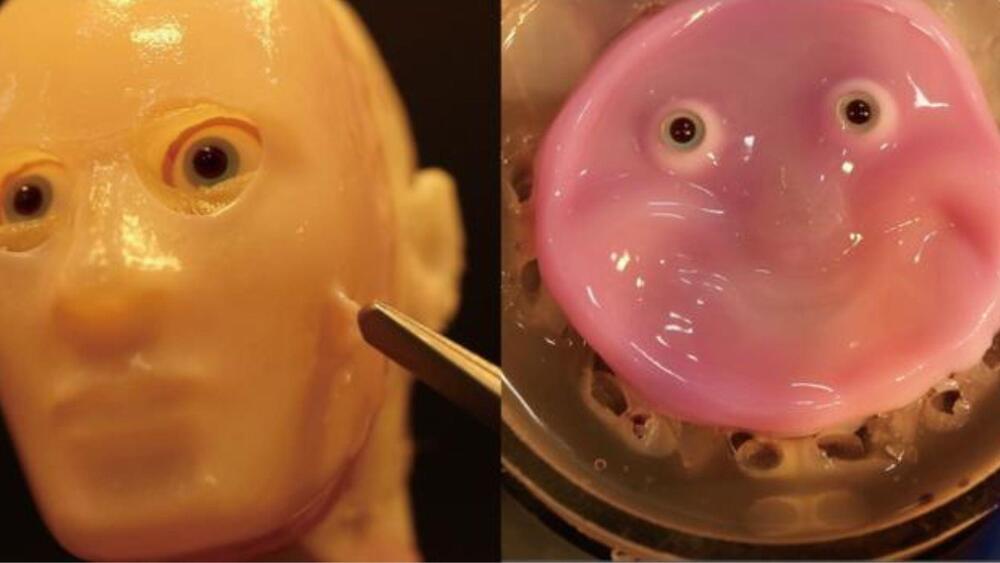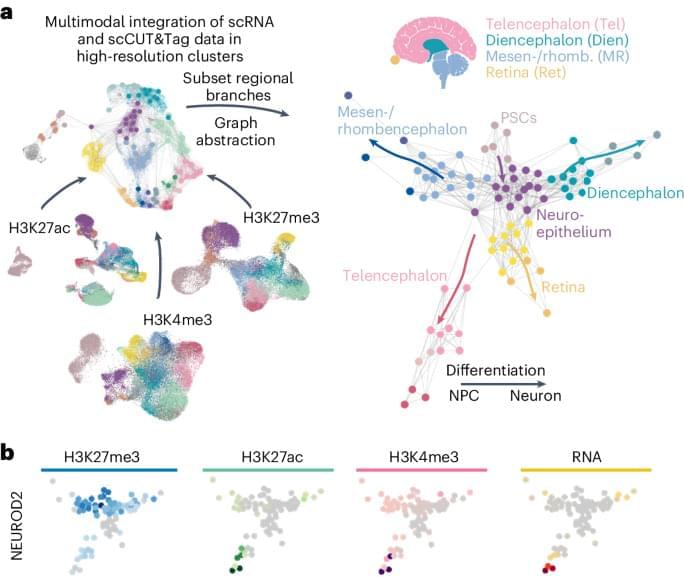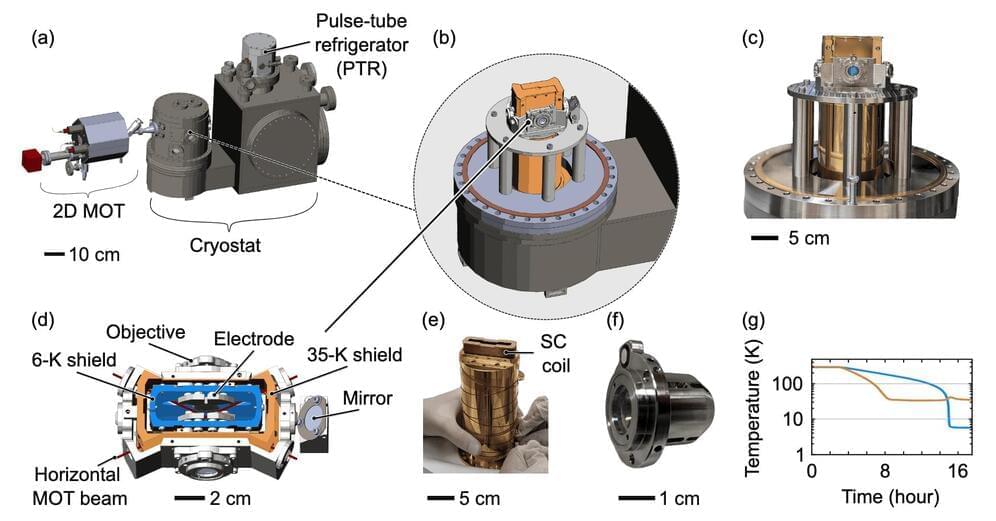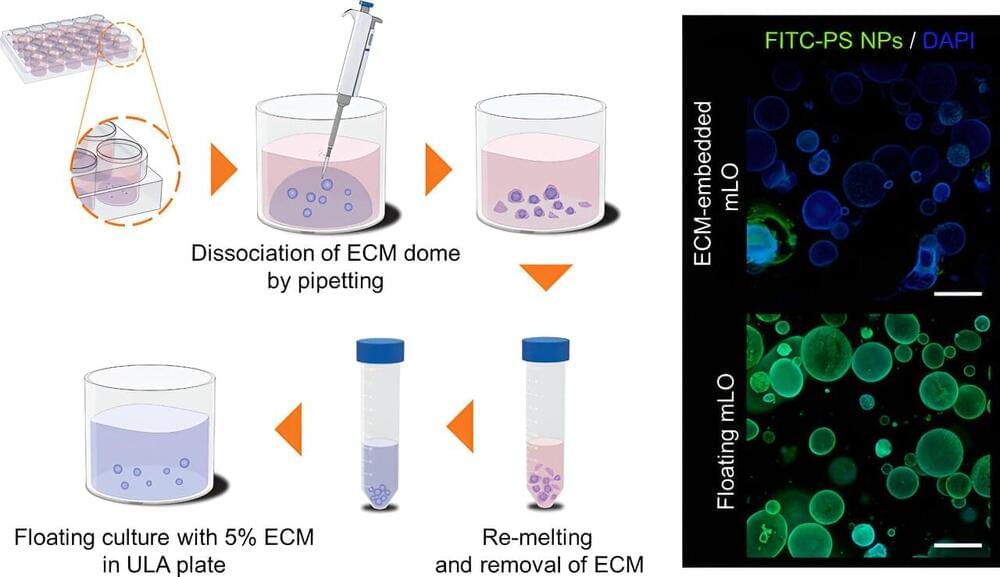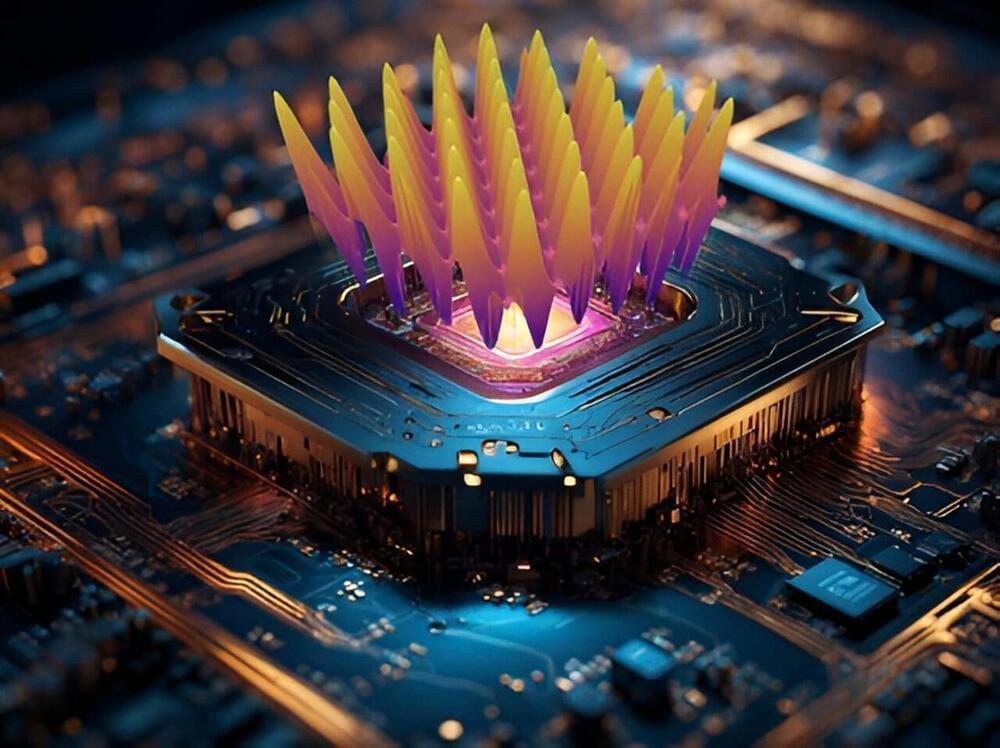Neuromelanin-sensitive magnetic resonance imaging (NM-MRI) contrast is associated with psychosis severity in antipsychotic-free patients with schizophrenia, according to a study published online Nov. 8 in JAMA Psychiatry.
Kenneth Wengler, Ph.D., from Columbia University in New York City, and colleagues conducted a cross-sectional study involving 42 antipsychotic-free patients with schizophrenia, 53 antipsychotic-free individuals at clinical high risk for psychosis (CHR), and 52 matched healthy controls to replicate previous findings relating NM-MRI, a proxy measure of dopamine function, to psychosis severity. Data were also included for an external validation sample of 16 antipsychotic-naive patients with schizophrenia.
The researchers found that higher Positive and Negative Syndrome Scale positive total scores correlated with higher mean NM-MRI contrast in the psychosis regions of interest (ROI) in the schizophrenia sample.



